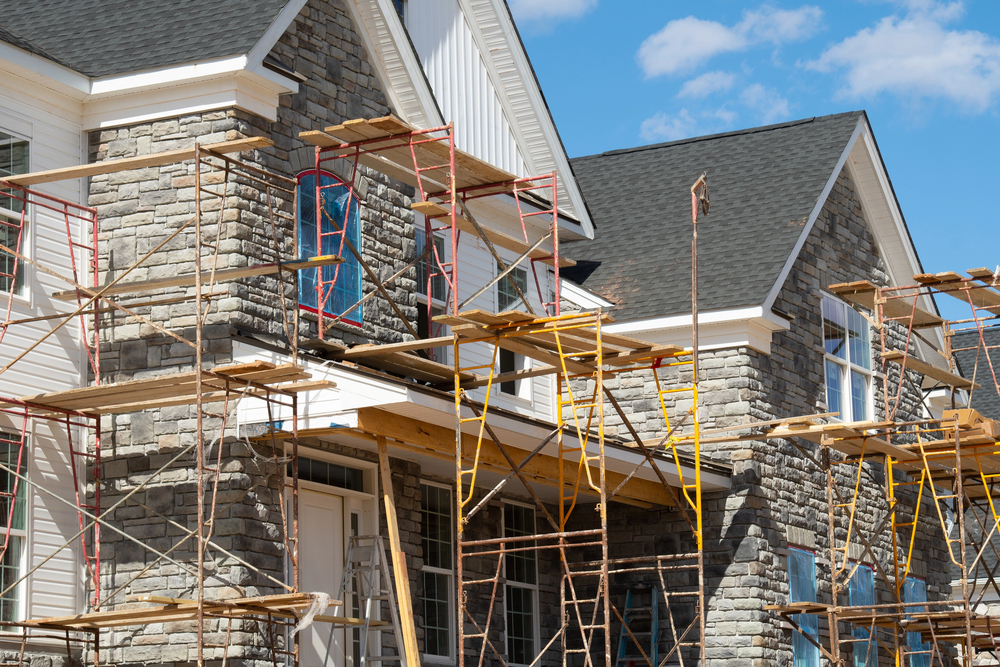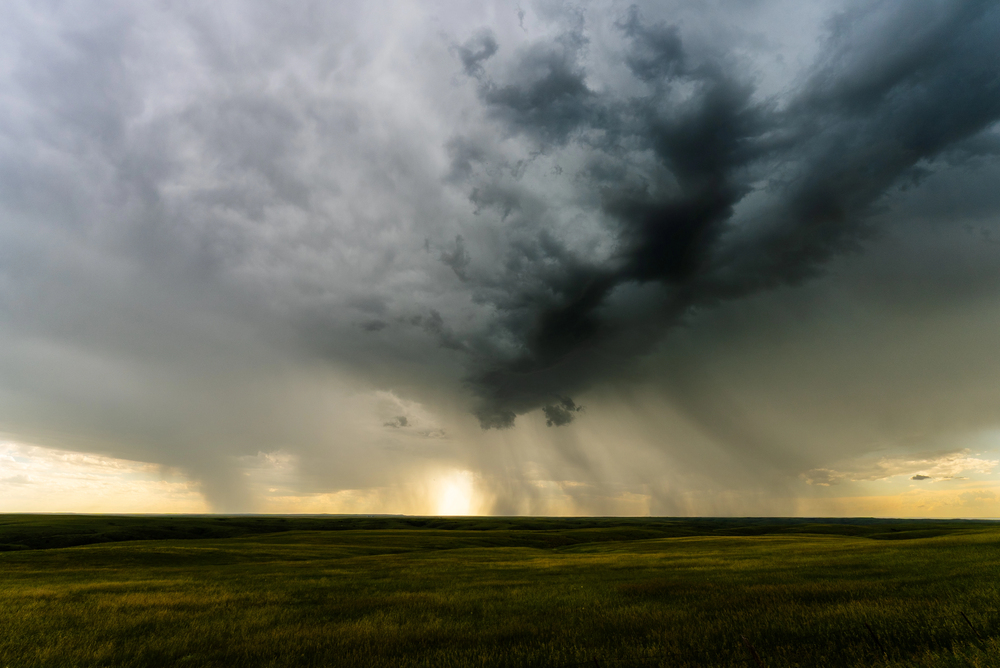The Public or Livery Conveyance Exclusion
By: Bill Wilson
This exclusion pops up in scenarios ranging from airport shuttles to pizza delivery. This exclusion potentially presents gray areas as to coverage for certain activities such as newspaper deliveries, rural mail carriers (or subrogation claims under the Federal Tort Claims Act), home products sales reps (e.g., Avon, Amway, etc.), food delivery and so forth. We’ve even seen a company variation applied question coverage when a producer delivers a policy to a client.
Recently this exclusion was put to the test by a question submitted to our “Ask an Expert” service: “If you pay someone to drive you to the airport in your own vehicle and that paid driver has an accident, would the paid driver have any coverage under your policy? Would you have any coverage? Would the paid driver have any coverage under his own auto policy? The drivers offer their services via a concierge business. They will drive the vehicle owner to the airport in the owner’s vehicle for a fee. ”What was interesting about our response was that the VU faculty could not agree on an answer.
To review our faculty analysis, click here.
Additional Insured Issues
Fans of the Star Trek series will fondly recall that one of Spock’s favorite leisure activities was “three-dimensional chess.” Serious chess players of the human type, who play chess on a flat (two dimensional) chessboard, spend years learning complex moves, counter moves and strategies. The thought of playing chess in 3-D seems almost beyond comprehension.
For insurance agents who insure contractors and subs, the exercise is equally challenging and perplexing. Given the ongoing, complicated and ever-changing interplay between insureds, insurers and the courts, the endeavor seems more like “three-dimensional tug-of-war.” And, unlike chess, the losers risk more than reputation—they can suffer catastrophic financial loss.
With insureds, insurers and the courts constantly battling over terms, conditions, definitions and intent of the CGL and the 30 or so ISO additional insured endorsements (and scores of company proprietary forms),agents usually end up in the crossfire.
Five of the most common issues raised in the Virtual University (VU) “Ask an Expert” service involving CGL additional insureds (AI) are: 1) insuring the sole negligence of the AI; 2) ongoing operations vs. completed operations; 3) contractual liability as it relates to additional insureds; 4) certificates of insurance and 5) the insurance marketplace for AIs, particularly in the construction industry.
As a result, VU faculty member Mike Edwards has written a 16-pagepaper on additional insured issues that can be downloaded as a Word document from the VU.
To read this document, click here.
Windstorm vs. Falling Object
During a windstorm, a large tree branch breaks off a tree and damages the roof, chimney and interior walls of a house. The insurer claims the damage is caused by wind. The agent believes the damage is caused by the tree branch as a falling object. At stake is a large percentage windstorm deductible. Who’s right?
Since these types of disagreements are often litigated, we have to look at legal principles and contract language. For example, it could matter whether the HO 03 10 or HO 04 94 endorsement is used. The former says, “we will pay only that part of each loss which exceeds the windstorm or hail deductible clause percentage stated above, in the event of direct physical loss to property covered under Section I caused by windstorm or hail.” The latter refers to loss “caused directly or indirectly by windstorm or hail.”
Under the former wording, an argument could be made that the wind only did “direct damage” to the tree limb itself, not the resulting damage that arose from the limb as a falling object. The latter “indirect” wording could imply that the damage arose from the windstorm, a position supported by the often used “but for” principle…the loss would not have occurred but for the windstorm.
To learn more, including our VU faculty consensus on coverage, click here and read the entire article.
Bill Wilson (bill.wilson@iiaba.net) is Big “I” director of the Virtual University, an online learning center for agents and brokers.










